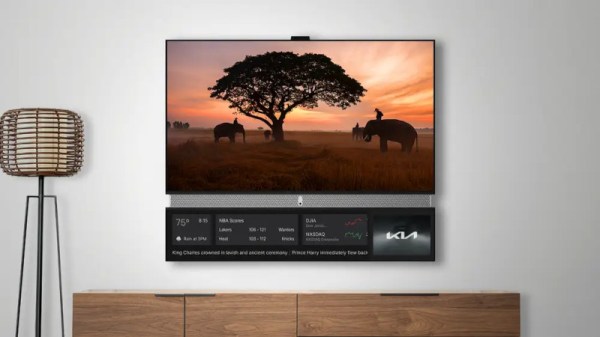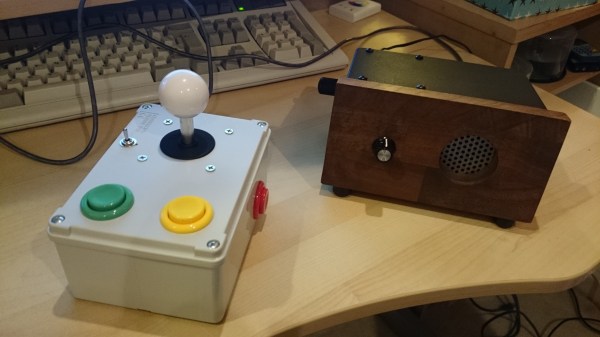The dystopian corporate dominated future may have taken a step closer, as a startup called Telly promises a free 55 inch 4K TV with a catch — a second screen beneath the main one that displays adverts. The viewers definitely aren’t the customers but the product, and will no doubt have every possible piece of data that can be harvested from them sold to the highest bidder. There’s even a microphone and camera pointed at the viewer, to complete the 1984 experience. In a sense it’s nothing new, as certain TV manufacturers have been trying to slip adverts into the interfaces on their paid-for smart TVs for years.
Oddly we’re not convinced though, that the eventual outcome of this will be as sinister as readers might expect. Indeed if the past is anything to go by, it could even herald an eventual bonanza of 4K screens for hardware hackers. To explain why, we have to travel back to the late 1990s, when free hardware for adverts startups were last tried. Back then there were a spate of companies using the same model of free or super-cheap hardware, and without exception they ran into the fundamental problem that people who rely on a free product in exchange for adverts aren’t generally high value consumers who can bring in the revenue to support buying a ton of consumer electronics. The “free” hardware from several of these startups then found its way onto the surplus market — or in the case of CueCat barcode scanners, directly into the hands of hardware hackers, and was repurposed for use in the way our community knows best.
So yes. Telly represents all that’s wrong for the privacy of viewers about the current media landscape. But who knows, it might just spawn a hacking scene all of its own. As a final note we think that they’ll have an interesting time protecting their brand name if they ever enter the British market, where “telly” has been slang for television ever since the technology entered the mainstream.













